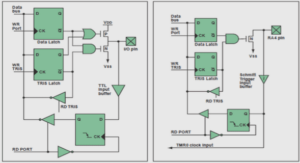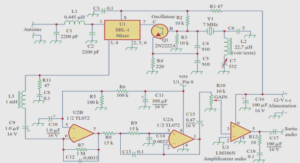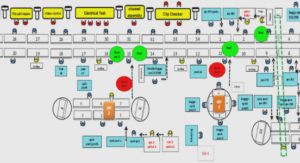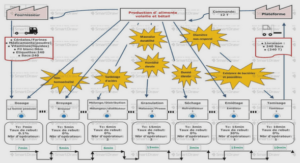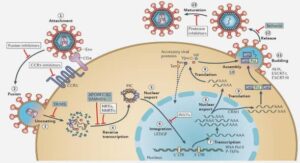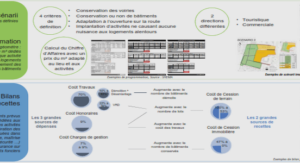LE CAM SPACINGS THEOREM IN DIMENSION TWO
Abstract
The definition of spacings associated to a sequence of random variables is extended to the case of random vectors in [0, 1]2 . Beirlant & al. (1991) give an alternative proof of the Le Cam (1958) theorem concerning asymptotic normality of additive functions of uniform spacings in [0, 1]. We adapt their technique to the two-dimensional case, leading the way to new directions in the domain of Complete Spatial Randomness (CSR) testing. 1.1. Introduction Testing the uniformity of real random variables (r.v.) can be done in several ways : using Chi-square tests, tests based on the empirical distribution function (e.d.f.), tests based on spacings … The latter ones have been extensively studied (Pyke, 1965) and recommended, for example, for the analysis of the local renewal structure of a point process (Deheuvels, 1983a). In higher dimensions, when dealing with a spatial point pattern U ∈ S ⊂ R d , one first wishes to know whether it satisfies the CSR hypothesis : is the spatial process governing U a homogeneous Poisson process ? This question is equivalent to the following : given the number of points in the pattern (also called events), are these points uniformly and independently distributed in S (Moller & Waagepetersen, 2004) ?
LE CAM SPACINGS THEOREM IN DIMENSION TWO
LE CAM SPACINGS THEOREM IN DIMENSION TWO
We concentrate here on point patterns distributed in rectangles in R 2 , which is similar, after linear transformation of the coordinates, to testing the uniformity in [0, 1]2 . Most of two-dimensional uniformity tests are either Chi-square tests or distancebased methods (Cressie, 1993). The first ones depend on the number and location of the quadrats (cells in which events are counted), whereas the last ones require numerous simulations. More recently, there has been some interest in e.d.f.-based methods and extensions of the Cramer-Von Mises test(Zimmerman, 1993) and the Kolmogorov-Smirnov test (Justel & al, 1997) to the [0, 1]2 case have been established. On the other hand, spacings theory, so useful for testing uniformity on R, remains almost unworked in higher dimensions even if one may think, as Zimmerman (1993) does, that distances from events to their nearest neighbours can be viewed as two-dimensional analogues of spacings. We shall just mention the results of Deheuvels (1983b) and Janson (1987) concerning the asymptotic distribution of the maximal multidimensional spacing, i.e. the volume of the largest square (or ball) contained in [0, 1]2 and avoiding every point of the pattern. A first application of spacings theory to CSR testing would be to test both xand y-coordinates’ uniformity using a spacings-based method. The rejection of either leads to refuse the two-dimensional uniformity hypothesis. But we can never accept it as a bivariate distribution with uniform marginals need not be uniform. This makes necessary to take into account the joint distribution of the x- and y-coordinates. In this paper, following this idea, we introduce a new notion of two-dimensional spacings which is related to spacings based on x- and y-coordinates. This relationship then allows us to derive the limiting distribution, under the uniformity hypothesis, of a wide family of statistics based on these spacings. This is done by a direct decomposition method similar to the one Beirlant & al (1991) used for one-dimensional spacings. An application of this asymptotic result is developed by Cucala & ThomasAgnan (2006a). Two of these statistics, the variance and the absolute mean deviation of the two-dimensional spacings, are selected and used in practice to test for CSR. A multiple procedure is adopted to generalize the tests to point processes in any domain (not necessarily rectangular). Then the power 1.2. SPACINGS IN [0, 1]2 37 of these spacings-based tests is compared to the power of existing tests using real and simulated data sets : they appear to be inferior for detecting regularity or clustering but more powerful for detecting certain types of heterogeneity.

